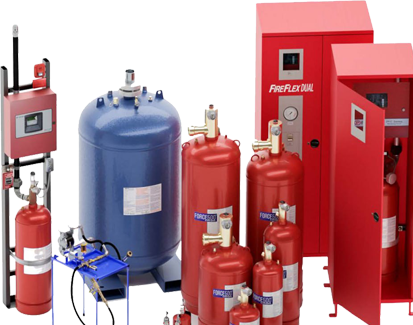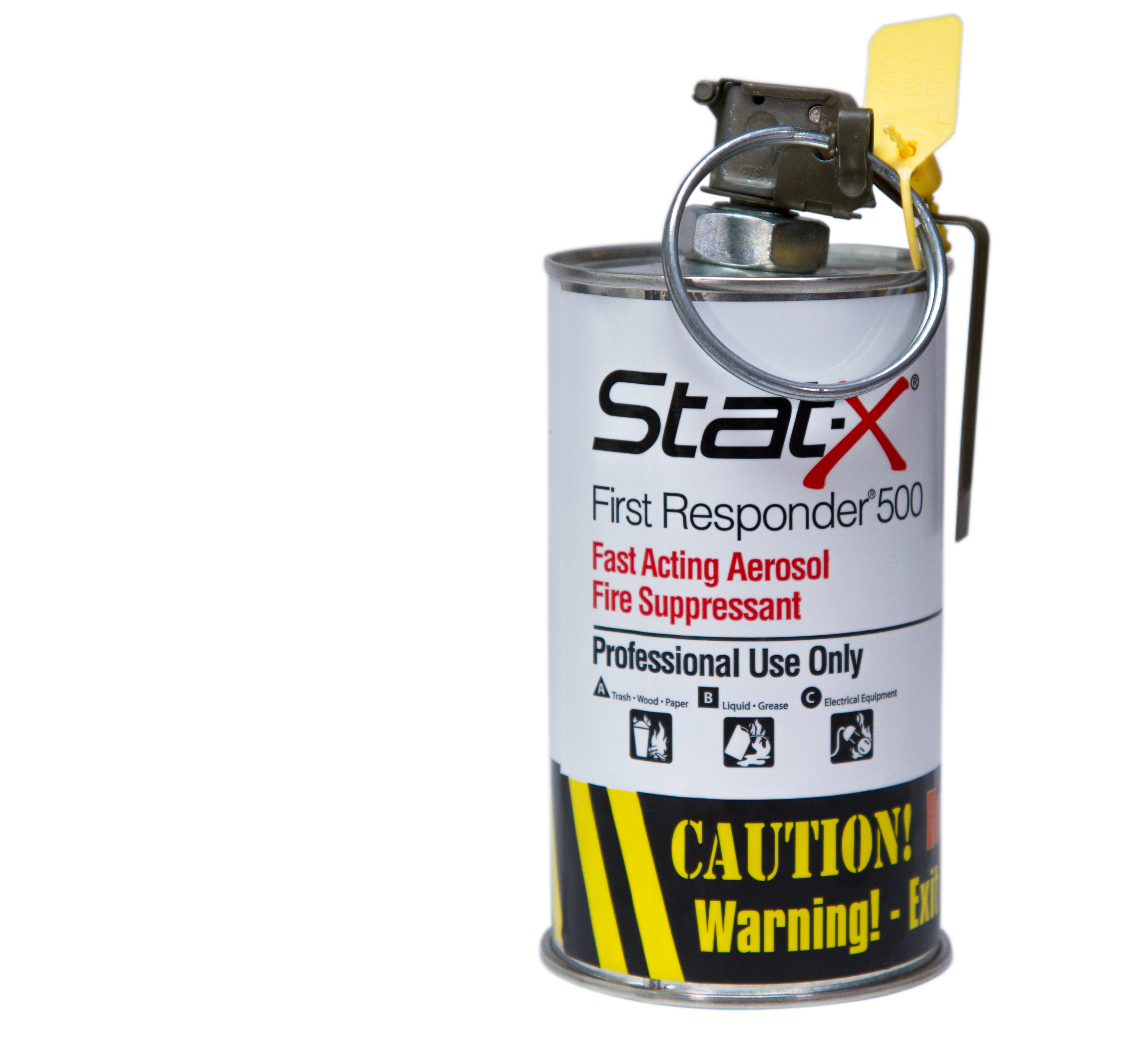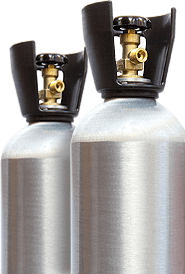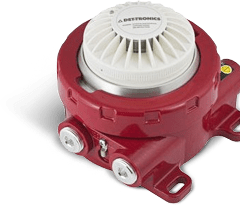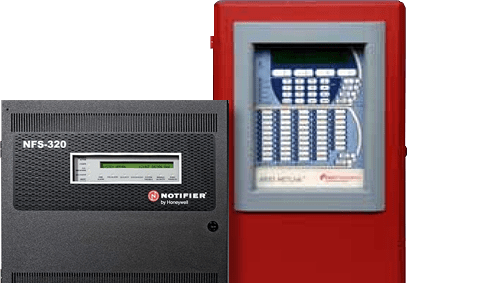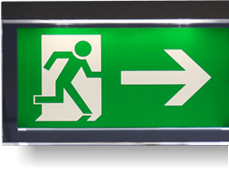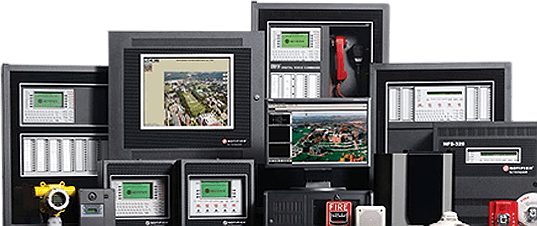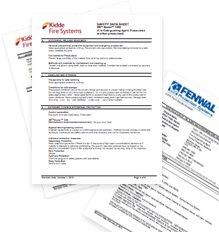FK-5-1-12 vs. CO₂ Fire Suppression: Which Is Safer and More Effective?
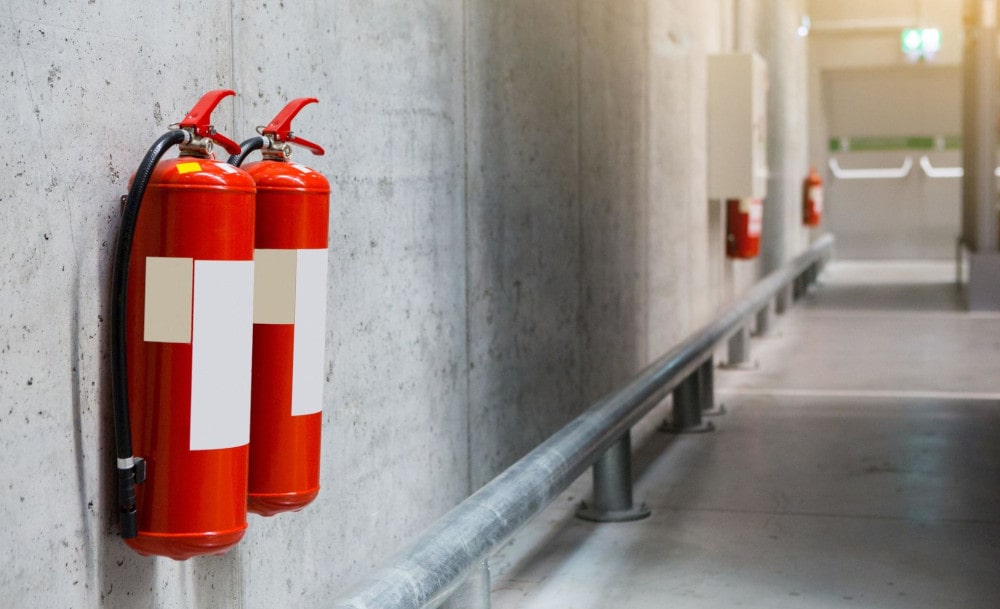
Many people remain confused about the efficacy and the safety of FK-5-1-12 and CO2 as a fire suppression agents. Both are effective in extinguishing fires. Each has its own advantages and disadvantages where safety and effectiveness are concerned. A closer look at these two fire suppression agents may make your decision on which fire suppression agent makes more sense for your situation.
FK-5-1-12 and CO₂ Fire Suppression Systems
It is important to understand the mechanics of how each of these fire suppression agents works. That requires a brief understanding of the mechanics and chemistry of fire. Fire is a chemical process that requires three essential components. These components, fuel, oxygen and heat, must be available in the proper ratios for sustained combustion to occur.
Explore further
Essentially, CO2 displaces the oxygen required for combustion. Once the inert gas CO2 has displaced the oxygen below the level that combustion can occur, the fire goes out. To some extent, the CO2 also helps reduce the heat needed for combustion.
FK-5-1-12 works in much the same way. FK-5-1-12 absorbs heat more effectively than CO₂, and much of its fire suppression capability is due to its heat absorption properties. Chemically, FK-5-1-12 interferes with the chemical combustion process. This occurs as the FK-5-1-12 breaks the combustion process into smaller molecules, making chain reactions harder, thus causing the fire to extinguish.
Key Features of Clean Agent–FK-5-1-12
Several factors are considered when discussing FK-5-1-12 as a clean fire suppression agent.
- FK-5-1-12 contains no substances known to deplete the ozone layer.
- FK-5-1-12 has a low global warming potential and makes a minimal impact on climate change.
- FK-5-1-12 is safe to use in confined occupied spaces and doesn't pose a significant health risk to human at concentration levels to be effective at fire suppression.
- FK-5-1-12 leaves no residue reducing cleanup and mitigation cost and time.
- The cooling effect of FK-5-1-12 and its rapid chemical response disrupts the fire quicker than most other agents.
Key Features of CO2 Gas Based Suppression
CO2 remains an effective and widely used fire suppression agent for several .
- As a fire suppression agent, CO2 is highly effective at extinguishing fires.
- CO2 leaves no residue, making CO2 ideal for protecting areas containing sensitive equipment, electronics, and electrical equipment.
- CO2 is non-conductive, making it safe to use where energized equipment is present.
- CO2 systems enjoy one of the fastest discharge times among fire suppression systems.
- CO2 remains a very versatile fire suppression agent to protect flammable liquids, electrical equipment, computer installation, and industrial machinery.
- Being a common gas, CO2 is more cost-effective than other suppression agents. Safety Considerations: Protecting Lives and Property.
While both FK-5-1-12 and CO2 seem to offer many advantages as fire suppression agents, neither is without its limits and concerns. Toxicity can be a serious concern, especially when protecting occupied areas. CO2 can be dangerous when used in areas that are routinely occupied. CO2 can be toxic to humans at high levels and acts as an asphyxiant. FK-5-1-12 does not exhibit these problems and is non-toxic at effective fire suppression ratios.
Maintenance and regulatory oversight must also be considered. CO2 extinguishment systems in Canada are governed mainly by Canadian codes that mirror the International standards, such as Safety of Life at Sea and the International Code for Fire Safety 1 systems .
Overall, both FK-5-1-12 and CO2 are effective over a range of fire conditions and fuels.
People also search
|
|
FK-5-1-12 |
CO2 |
|
Class A: Ordinary combustibles |
Effective |
Effective |
|
Class B: Flammable Liquids |
Highly Effective |
Effective |
|
Class C: Electrical Equipment |
Effective |
Effective |
|
Class D: Combustible Metals |
Not Typically Used |
Not suitable |
|
Class K: Cooking Pils and Fats |
Not Typically Used |
Some Applications |
Choosing the Right Fire Suppression System for Your Needs
There are some considerations when choosing which fire suppression agent best fits your needs. When comparing CO2 and FK-5-1-12 the primary considerations include:
- Safety–FK 5-1-12safe for confined occupied spaces. It is non-toxic with no significant health hazards, CO2 is an asphyxiant and can be toxic in high concentrations.
- Environmental–FK-5-1-12 is environmentally friendly and ozone neutral. CO2 has no known effect on the ozone but may contribute to greenhouse gas accumulation.
- Residue–Neither of these agents leaves residue after discharge.
- Effectiveness–FK-5-1-12 is a highly effective fire suppression agent, as is CO2.
- Cost–FK-5-1-12 based system are more expensive to install and maintain than comparable CO2 systems.
Overall, FK-5-1-12 based fire suppression systems seem to be preferred in areas housing sensitive equipment such as data centres and telecommunications equipment. Healthcare facilities where exposure to the suppression agent could be a concern are also prime candidates. CO2, because of its less expensive nature and its toxic attributes, seems to be better placed in industrial facilities, flammable liquid storage areas and large power generation facilities.
In Canada, FK-5-1-12 is rapidly displacing CO2 for several reasons. The environmental benefits seem to be a clear indicator as do the safety considerations of FK-5-1-12. The effectiveness of FK-5-1-12 is also a motivating factor to install systems based on this extinguishing agent. Regulatory requirements are also rapidly moving suppression systems to FK-5-1-12 in Canada.
When it comes to fire suppression, both FK-5-1-12 and CO₂ offer distinct advantages, but choosing the right system depends on safety, environmental impact, and application requirements. FK-5-1-12 is ideal for occupied spaces and sensitive equipment, while CO₂ remains a cost-effective option for industrial settings.
Need expert guidance? Contact Control Fire Systems today to determine the best fire suppression system for your facility. Our team will help you navigate safety regulations, installation, and maintenance to ensure maximum protection for your assets.
1 Fire Safety Systems (FSS) Code, 2015 Edition.pdf - Google Drive





